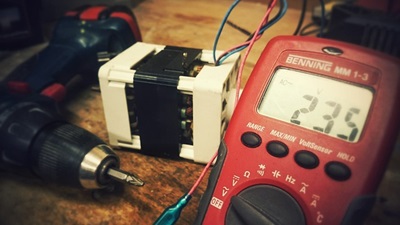
There are two kinds of electrical elements Passive and active Elements.
Passive elements
Passive elements are components in electrical circuits that do not generate energy but instead store or dissipate it. They cannot amplify signals or provide energy to the circuit on their own. Passive elements only respond to the electrical signals applied to them and help manage the flow of current and voltage.
Some common passive elements include:
- Resistors: These limit the flow of electric current and dissipate energy as heat.
•A resistor opposes the flow of electric current.
•Obeys ohm’s Law - Capacitors: Store electrical energy in an electric field and release it when needed.
Capacitors stores energy in the form of Electrostatic Field.
• 𝑄 = 𝐶𝑉
• v(t)= 1/𝐶 S 𝑖( 𝑡) *𝑑𝑡;
i (t) = C dv(t)/dt .
• 𝐸 = 1/2 𝐶*𝑉^2 Joules - Inductors: Store energy in a magnetic field when current flows through them.
• Inductors stores energy in the form of Electro Magnetic Field.
• 𝜑 = 𝐿𝐼
• v(t)= L di(t)/dt ;
i (t )= 1/𝐿 S 𝑣(𝑡) . 𝑑𝑡.
• 𝐸 = 12𝐿𝐼2 Joules

Passive elements are fundamental for controlling current, voltage, and energy storage in electronic circuits.
Active Elements
Active elements are components in electrical circuits that have the ability to control the flow of electric current and can introduce energy into the circuit. Unlike passive elements (such as resistors, capacitors, and inductors), active elements are capable of amplifying signals or generating electrical power.
Some common active elements include:
- Transistors: Used for amplification and switching in electronic circuits.
- Diodes: Allow current to flow in one direction and are used in rectifying circuits.
- Operational Amplifiers (Op-Amps): Integrated circuits used to amplify voltage.
- Batteries and Power Supplies: These provide energy to the circuit.
Active elements are essential for circuits requiring energy amplification, signal modulation, or power generation.
Key Differences in passive and active elements :
- Energy Management: Active elements can add energy or amplify signals, while passive elements can only store or dissipate energy.
- Functionality: Active elements are necessary for amplification and power generation, while passive elements are essential for managing and storing energy in a circuit.
Source Transformation
• It is a process of converting practical voltage source( having internal impedance or resistance) into practical current source (Current drop takes place).
• Used for circuit/ network simplifications
• Not applicable to ideal sources. Idel voltage source will not have any resistance/Impedance and an ideal current will not drop anywhere in the circuit ,it remains constant.

1. Source Transformation is applicable to Practical sources only.
2. Ignore the resistors that are connected across ideal voltage sources.
3. Ignore the resistors that are connected in series with ideal Current sources.
4. While converting practical current source into practical voltage source, polarity of voltage source is always positive terminal at the arrow head and negative terminal at the other side.
5. While converting practical voltage source into practical current source, polarity of current source i.e., arrow head of current source must be indicated at the positive terminal of the voltage source.